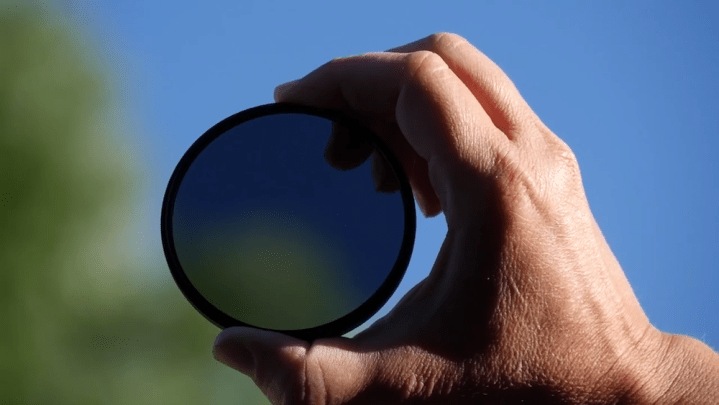
But there’s one filter with an effect that cannot be emulated by software, and that’s the polarizer filter. While most of us have probably heard about polarizers before, and many of us may actually own one, we’re sure that some of the tips photographer Steve Perry gives in his latest educational video will open your eyes, just as they opened this writer’s.
One of the most popular uses of a polarizer filter, according to Perry, is to darken blue skies. And while this effect could be achieved during post-processing. Perry explains that actual polarizers help eliminate reflections from all kinds of objects, which in turn will make colors appear much more saturated.
When photographing landscapes, a polarizer not only makes colors “pop” by filtering out reflections from objects such as foliage and stones, it also helps remove some of the haze that can make pictures like that of mountain ranges appear dull. Another great use for a polarizer filter is to look beneath the surface of water, for example when photographing a pond with fish in it.
Finally, a polarizer filter can be used to make a nature scene more colorful even on overcast days, when most of us would probably keep their cameras at home. But here’s another thing you may not have known: when using a polarizer on a wide-angle lens, you may end up with darker and brighter patches in the sky. So if you’re using a wide-angle lens for landscape photography and have a lot of sky in your image, better take the filter off.
These and more clever tips can be found in Steve’s video below. For more, take a look at his YouTube channel where he regularly posts educational videos like this one.
(Via DIY Photography via Picture Correct)
Editors' Recommendations
- How to get Photoshop for free
- Golden hour is photography’s oldest trick. Here’s how to use it
- Photoshop for iPad finally has Edge Detection — here’s how to use it
- Check out the results when 1,000 photographers edit the same image
- How to use exposure compensation for perfect pictures with your camera or phone


